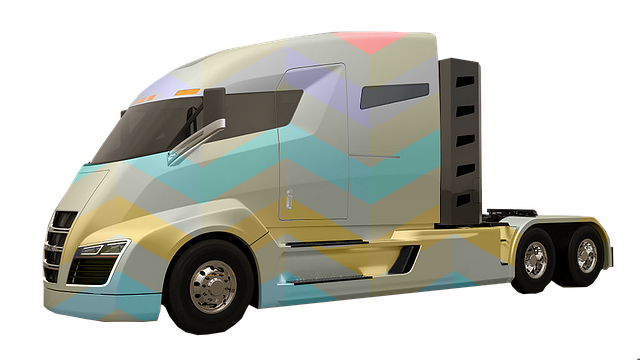Looking to register your car in California? This comprehensive guide walks you through every step, from understanding key requirements to submitting your application. Learn how to gather essential documents, ensure your Vehicle Identification Number (VIN) is accurate, select the right registration class and fees, and receive your official registration papers. Follow these steps and use a reliable VIN verifier for a seamless process.
- Understand California Car Registration Requirements
- Gather Necessary Documents for Registration
- Verify Vehicle Identification Number (VIN) Accuracy
- Choose an Appropriate Registration Class & Fees
- Submit Application and Receive Your Registration Papers
Understand California Car Registration Requirements

Before registering your car in California, it’s crucial to understand the state’s specific requirements. One key aspect is ensuring that the vehicle’s Vehicle Identification Number (VIN) is verified accurately. This process verifies the authenticity and history of the car, which is essential for safety and legal compliance. In California, a VIN verifier is typically used to cross-reference the VIN with national databases, providing detailed information about the vehicle’s past, including accident reports, odometer readings, and outstanding liens.
A mobile VIN verifier can facilitate this process by allowing you to conduct the verification on-site during your registration visit. This not only saves time but also streamlines the overall registration procedure. Some services even offer mobile vin inspection options, providing a convenient way to ensure that your car meets all the necessary standards before final registration.
Gather Necessary Documents for Registration

Before you start the registration process, it’s crucial to gather all the essential documents. One key component is the Vehicle Identification Number (VIN) verifier, which can be obtained through a mobile VIN inspection or by checking your vehicle’s paperwork. This unique 17-character code is like a fingerprint for your car and is needed for accurate registration.
Additionally, you’ll require proof of ownership, typically in the form of a title or bill of sale, along with any applicable fees. A valid driver’s license and current insurance documents are also mandatory. For a hassle-free experience, consider opting for a mobile VIN verification service, which allows you to complete these initial steps conveniently before heading to the DMV.
Verify Vehicle Identification Number (VIN) Accuracy

Before registering your car in California, it’s crucial to ensure the Vehicle Identification Number (VIN) is accurate and valid. This unique 17-character code is a vital piece of information used to identify your vehicle. A simple yet effective step is to utilize a VIN verifier, which can cross-check the details against industry databases, ensuring no discrepancies or signs of theft. Many services offer mobile vin verification, allowing you to confirm your VIN’s authenticity from the comfort of your home or even before visiting the DMV.
For added peace of mind, consider scheduling a vin inspection. This process involves a thorough examination of your vehicle’s history, including any accidents or outstanding issues. A mobile vin inspection service can save you time and hassle by bringing the verification process directly to you, making it an ideal option for busy individuals who want to ensure everything is in order before registering their car with California’s DMV.
Choose an Appropriate Registration Class & Fees

Choosing the right registration class is essential, as it determines both your vehicle’s fee and how often it needs to be renewed. In California, vehicles are categorized based on their type, age, and use. For example, cars and motorcycles have distinct classes from trucks, trailers, and specialty vehicles.
Additionally, fees vary depending on the class and whether you opt for a short-term or long-term registration. It’s crucial to utilize tools like a mobile vin verification service or conduct a manual vin inspection to ensure your vehicle’s information is accurate. This process allows you to compare costs effectively and select the most suitable registration option for your needs, adhering to California’s regulations.
Submit Application and Receive Your Registration Papers

After completing your vehicle’s inspection, it’s time to submit the necessary paperwork. This involves filling out a vehicle registration application form, which can be obtained from the DMV or downloaded online. You’ll need to provide key details about your car, such as its make, model, year, and unique VIN (Vehicle Identification Number) – this is where a vin verifier comes in handy. Make sure all information is accurate and complete.
Once submitted, the DMV will process your application and issue your registration papers. These documents are essential for legal driving on California’s roads. You can opt to receive them through mail or, in some cases, choose a mobile vin inspection service that allows you to get your registration and title documents electronically, ensuring a convenient and efficient process.
Registering a car in California is a straightforward process, but it requires attention to detail. By understanding the state’s requirements, gathering all necessary documents, verifying your Vehicle Identification Number (VIN) using a reliable VIN verifier, and selecting the right registration class, you can ensure a smooth experience. Following these steps and completing the application will have you on the road legally in no time.



